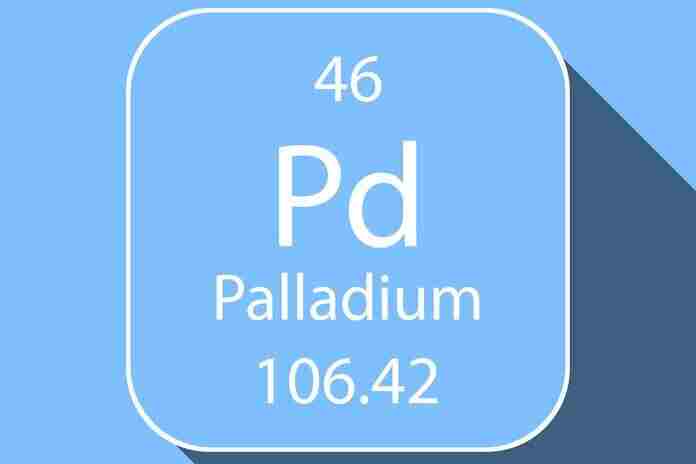Palladium (PAU23) stands as one of the six platinum group metals, which encompass platinum, rhodium, osmium, ruthenium, and iridium. Within the realm of transition metals on the periodic table, known for their robust resistance to heat and corrosion, these platinum group metals (PGMs) shine. Their rarity coupled with versatile industrial applications renders them precious commodities.
Of all the PGMs, only platinum (PLV23) and palladium are actively traded on the Chicago Mercantile Exchange’s NYMEX division, renowned for energy contract listings. Their significance in oil and petrochemical refining catalysts positions platinum and palladium within the NYMEX fold.
In the first half of 2022, palladium witnessed a drastic 32% decline, marking it among the worst-performing commodities. As outlined in a Barchart report on the precious metals sector dated July 6, this report underscored palladium’s Q2 slump and its downward trajectory throughout the initial half of 2023. This decline was mirrored by an even steeper plunge of almost 69% in rhodium, a PGM confined to the physical market. By June 30, rhodium tumbled to $3,700 per ounce, while nearby palladium futures languished at $1,222 per ounce. Although Q3 saw a slight uptick, prices continue to hover close to the lows and closing levels of Q2.
Palladium Production: Leading Countries in 2022
Russia and South Africa, asserting dominance over global palladium output. Of the total 210 tons produced in 2022, these two countries contributed a staggering 80%, with Russia outpacing South Africa by approximately eight tons.
Within Russia, palladium emerges as a byproduct of nickel extraction within the Norilsk region of Siberia. Notably, in 2022, the world’s gold production reached 3,612 metric tons, overshadowing palladium’s output, which accounted for less than 6% of gold’s tally.
Beyond its status as a precious metal, palladium thrives as a pivotal industrial resource. Chief among its applications is catalytic converters, driving a significant portion of palladium consumption. Moreover, palladium finds utility in jewelry crafting, dentistry, watchmaking, medical implements, aircraft spark plugs, and even musical instruments like flutes.
Given its limited output and industrial prominence, investment demand within the palladium market remains subdued.
Palladium’s ETF Offering, the PALL Product
On August 22, at $1273, palladium stood $238 above its technical support threshold and $2,107.50 shy of its 2022 peak. Ongoing tensions in Ukraine, coupled with sanctions on Russia and the latter’s retaliatory measures, cast a shadow over palladium supplies. Additionally, South Africa’s BRICS membership consolidates control over 80% of global palladium reserves.
Though palladium has been ensnared by a bearish trend throughout August 2023, its price approaches a pivotal technical support juncture. Constricted supplies and steadfast industrial demand suggest an impending price floor and a swifter recovery.
Investors keen on palladium have multiple avenues:
- Physical Bars and Coins: Direct investment in palladium’s physical form.
- NYMEX Futures: An alternative entails trading NYMEX palladium futures, which come with a physical delivery mechanism.
The Aberdeen Physical Palladium ETF (PALL) offers a direct channel for palladium investment. With a value of $117.25 per share on August 22, PALL commands over $222.77 million in assets under management. PALL records an average daily trade volume of 22,264 shares and levies a 0.60% management fee.
Tracking Palladium’s Trajectory
NYMEX palladium futures exhibited a 62.3% drop from $3,380.50 in March 2022 to the $1273 level by August 22, 2023. In parallel, PALL underwent a 60.7% descent, dwindling from $298.21 to $117.25 per share. PALL’s proficiency in mirroring palladium’s price movement on the downside positions it favorably for recovery.
The pivotal technical level to watch stands at the $1035 peak of 2001. Despite the persisting bearish trend, indications point to an eventual higher low over the upcoming weeks and months. A staggered buying strategy towards PALL holds merit, with a possible reconsideration only if palladium prices breach the former technical resistance level.
Featured Image: Freepik @ Majborodin









